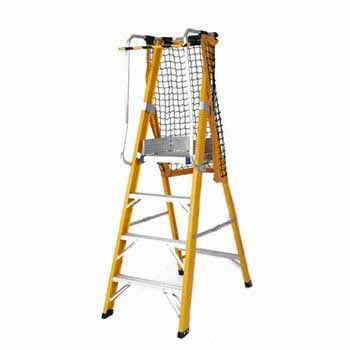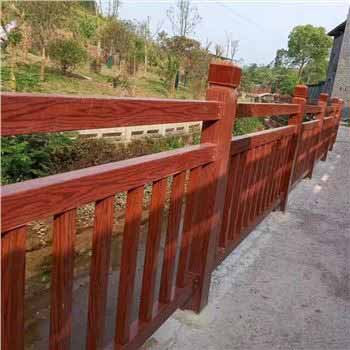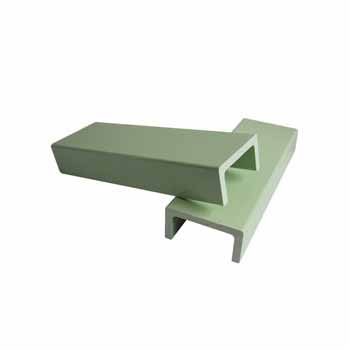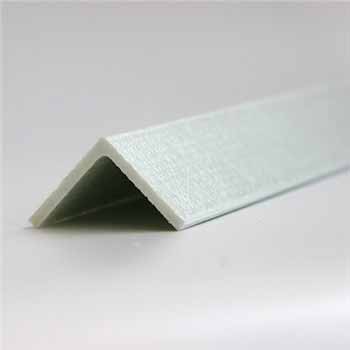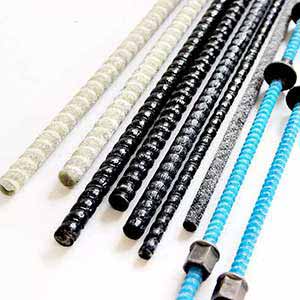Fiberglass tent poles are a common type of tent poles that are made of composite material consisting of glass fibers and resin. They are widely used in the tent industry for various types of tents, such as dome tents, family tents, and larger tents. In this article, we will explore the advantages of fiberglass tent poles, how they are made and used, and some examples of fiberglass pole sets for different tent models.

Advantages of Fiberglass Tent Poles
Fiberglass tent poles have several advantages over other types of tent poles, such as:
Price: Fiberglass tent poles are cheaper than aluminum or carbon fiber poles, which are usually found in high-end tents. They are also more readily available and compatible with most tents on the market.
Strength: Fiberglass tent poles are strong enough to support most tents and withstand moderate winds and weather conditions. They are also resistant to corrosion and UV rays, which can damage metal poles over time.
Repairability: Fiberglass tent poles are easy to repair in case of breakage or damage. You can use a fiberglass tent pole repair kit, which usually includes replacement sections, shock cord, ferrules, and instructions.
However, fiberglass tent poles also have some drawbacks, such as:
Weight: Fiberglass tent poles are heavier than aluminum or carbon fiber poles, which can add to the overall weight of your tent and backpack. This might not be a problem for casual or car camping, but it can be an issue for backpacking or hiking trips where every ounce counts.
Flexibility: Fiberglass tent poles are less flexible than aluminum or carbon fiber poles, which means they are more likely to snap or shatter under extreme stress or pressure. They are also more prone to splintering, which can cause injury or damage to your tent fabric.
Durability: Fiberglass tent poles are not as durable as aluminum or carbon fiber poles, which can last for years with proper care and maintenance. Fiberglass tent poles can degrade over time due to exposure to moisture, heat, cold, or chemicals.
Therefore, fiberglass tent poles are best suited for:
Small to medium-sized tents: Fiberglass tent poles can create enough tension and stability for smaller tents that do not require large spans or complex shapes. They are also ideal for dome or tunnel tents that have fewer pole sections and joints.
Summer camping trips: Fiberglass tent poles can perform well in mild weather conditions and temperatures. They are not recommended for winter camping or harsh environments where they might freeze, crack, or bend.
Budget-conscious campers: Fiberglass tent poles are a great option for campers who want to save money without compromising on quality and performance. They are widely available and compatible with most tents on the market.
How Fiberglass Tent Poles Are Made and Used
Fiberglass tent poles are made by drawing molten glass through tiny holes to form thin fibers. These fibers are then coated with resin and wound around a mandrel to form a hollow tube. The tube is then cured in an oven to harden the resin and create a rigid pole.
Fiberglass tent poles are usually connected by elastic shock cord that runs through the hollow center of the pole sections. This allows the pole sections to be folded for easy storage and transport. The shock cord also helps to keep the pole sections together when assembling the tent.
To assemble a fiberglass tent pole set, you need to insert the metal ferrules at the end of each pole section into the corresponding holes on the next section. You need to make sure that the pole sections are aligned properly and that the shock cord is not twisted or tangled. You also need to make sure that the pole sections are fully inserted into the ferrules to avoid gaps or loose connections.
To attach a fiberglass tent pole set to a tent, you need to insert the metal tips at the end of each pole into the corresponding grommets or sleeves on the tent fabric. You need to make sure that the pole tips are securely fastened and that the pole curves follow the shape of the tent. You also need to make sure that the pole tension is balanced and that there is no sagging or buckling of the pole or the fabric.
Examples of Fiberglass Tent Pole Sets for Different Tent Models
There are many different types of fiberglass tent pole sets available for different types of tents. Here are some examples of fiberglass pole sets for different tent models:
Dome Tent: A dome tent is a simple and popular type of tent that has two or more fiberglass poles that cross over each other at the center of the tent. The poles create a dome shape that provides stability and headroom. A typical dome tent has two fiberglass poles that are about 8.5 mm in diameter and about 16 feet in length.
Family Tent: A family tent is a large and spacious type of tent that can accommodate several people and their gear. It usually has multiple rooms and windows for comfort and ventilation. A typical family tent has three or more fiberglass poles that create a tunnel or cabin shape. The poles are usually about 11 mm in diameter and about 20 feet in length.
Large Tent: A large tent is a huge and complex type of tent that can house dozens of people and their equipment. It usually has multiple sections and features for different purposes and functions. A typical large tent has four or more fiberglass poles that create a dome or geodesic shape. The poles are usually about 12.7 mm in diameter and about 25 feet in length.


